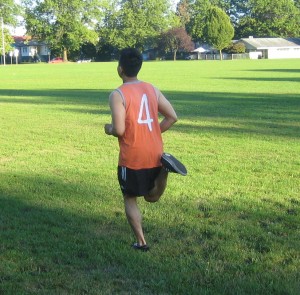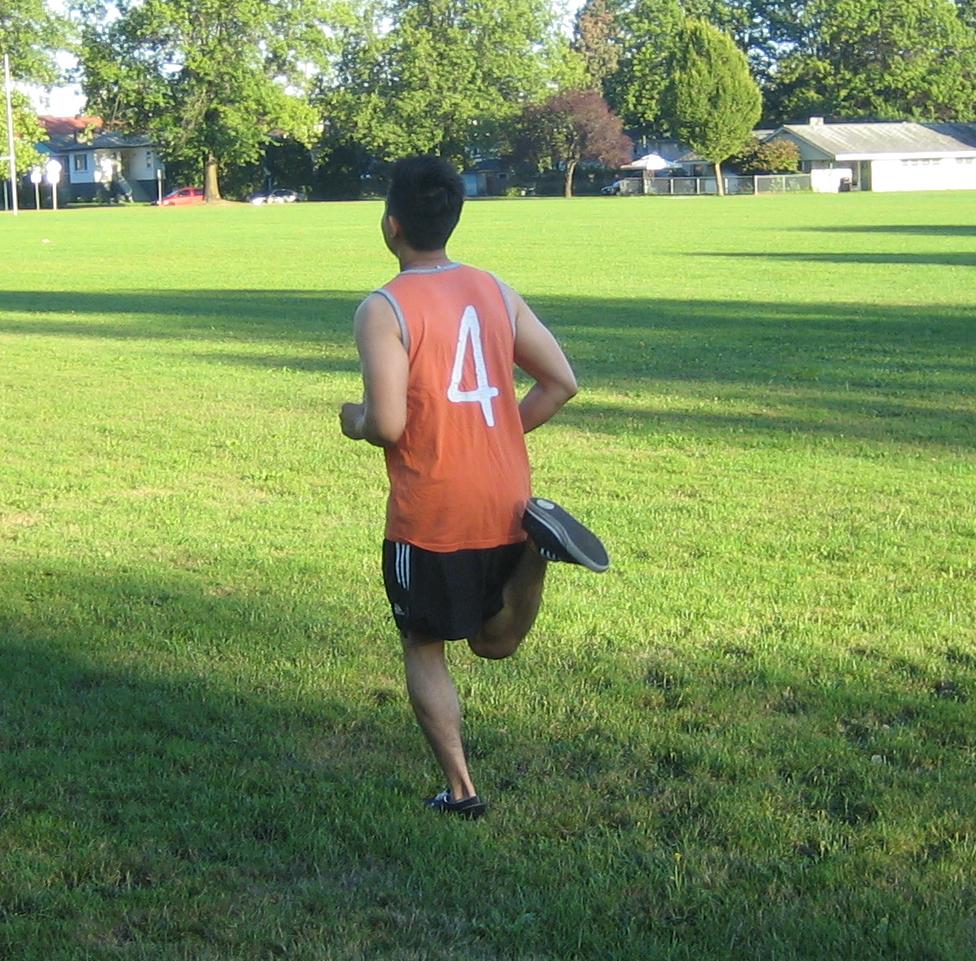Plantar fasciitis is a common cause of heel pain. It causes inflammation and pain of a dense group of tissue known as the plantar fascia which is positioned transversely the base of the foot and links the heel bone to the toes. Plantar fasciitis is also known as “jogger’s heel” which is a disorder that causes severe pain in the heel and sole of the foot.
Plantar fasciitis causes stabbing pain that usually happens with the first steps in the morning. Once the foot warms up, the pain caused by plantar fasciitis is lessened but can recur after long periods of standing or after getting up from a sitting position.
Plantar fasciitis is usually common among runners, overweight people and those wearing ill-fitting shoes with inadequate support for the feet. Repetitive stretching and tearing causes the fascia to end up irritated or swollen.
Symptoms of plantar fasciitis
- Inflammation
- Pain in the foot arch
- Limping
- Difficulty in walking and standing
- Acute pain in foot after performing weight-bearing activities
- Stiffness of the heel when not performing any activities
- Pain usually becomes worse in the morning
Treatment

- Perform stretching exercises to lessen the pain in the heel caused by plantar fasciitis. It will also lessen inflammation of the calves for easy movement. Before getting up in the morning, it is recommended to stretch out the feet, calf, lower leg muscles as well as the toes. When seated in the bed, grasp the bent feet and pull them towards the body for at least 30 seconds, release and repeat the procedure 1-2 times to reduce the pain felt in the morning. Another way is rolling a water bottle under the arch of the foot. Start from the front and roll the bottle backwards with pressure. Perform this procedure several times every day.
- Apply a cold compress on the affected area to lessen the inflammation and pain. Wrap an ice pack in a towel and place it on the affected area for a few minutes. Another way is to use a frozen bottle and roll it on the painful area for at least 5 minutes. Perform this procedure a few times every day and after activity. Avoid placing ice directly on the skin to prevent frostbite.
- Massage regularly the foot to lessen the pain and inflammation. It also increases the flow of blood around the affected area and releases tension around the plantar fascia. Using the fingers, massage the foot and the heel with warm olive or coconut oil for at least 10 minutes for several times every day especially before going to bed at night.
- In a tub filled with warm water, mix 2-3 tablespoons of Epsom salt. Mix well until salt is completely dissolved and then soak the foot in the water for at least 10-15 minutes at 2 times every day.

